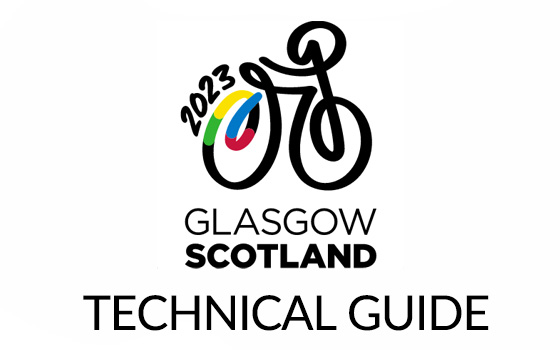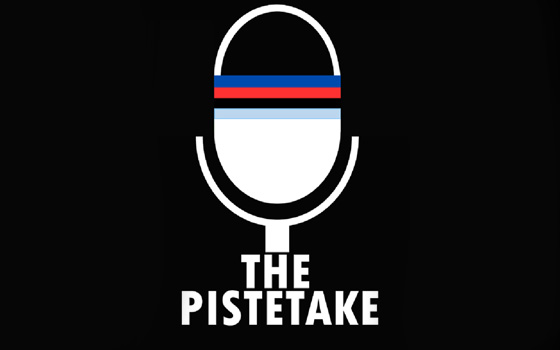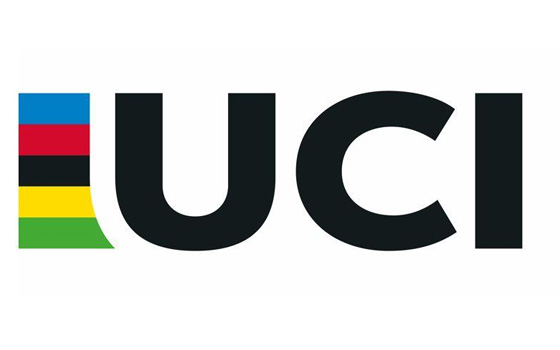Correct Cleat Alignment
Floating cleat systems were designed to improve your position in the pedals and reduce the risk of knee injuries.
They have now become essential at the expense of a correct cleat alignment. It is now very common for cyclists to have an incorrect cleat alignment, but due to float they have an injury-free setup at the expense of an efficient alignment.
If your cleats are aligned correctly you are better equiped at improving power and pedalling efficiency as your leg muscles are effectivvely operating at the most natural angle/position for your setup rather than compensates for an incorrect stance.
-Fore/Aft Position
Cleats should be inline with the joint between your Proximal Phalanx and Metatarsal Bone on your Big Toe.
Mark this point on the side of your shoe in addition to marking the equivalent position for your Little Toe.
You will then need to draw two parallel lines across the bottom of the sole inline with these marks. The midpoint of these lines indicates the correct fore/aft position for centre of your cleat.
-Rotation
Most cyclists would be ok with a neutral setup if you install the cleat in the centre of the shoe based on your fore/aft position.
However a more specific position that would provide the optimal cleat alignment/pedalling angle considers foot position based on a toe-in or toe-out walking style.
If you stand with your feet together and back against a wall, then walk naturally (bare foot) away from the wall in a straight line you can easily identify whether your natural walking style is 'toe-in', i.e. the outside of your foot points in when you walk, or 'toe-out' - the outside of your foot points out.
You will need to rotate your cleats on the fore/aft position based on your toe-in or toe-out stance.
Rotate the cleats as much as required to accomodate your stance, remember heel in for toes out stance, heel out for toes in stance.
-Fixed or Floating Cleat?
Once you have found the correct cleat position a Fixed Cleat is prefered for Track Cycling, especially Sprinting due to the added security that this setup provides for the greater forces involved with sprinters during the fixed gear pedalling motion.
If you are a Scratch/Points specialist floating cleats are still suitable however as with all Track Cyclists you must remember to keep your cleat/pedal tension very high so that you don't accidently unclip from your pedals and crash.
They have now become essential at the expense of a correct cleat alignment. It is now very common for cyclists to have an incorrect cleat alignment, but due to float they have an injury-free setup at the expense of an efficient alignment.
If your cleats are aligned correctly you are better equiped at improving power and pedalling efficiency as your leg muscles are effectivvely operating at the most natural angle/position for your setup rather than compensates for an incorrect stance.
-Fore/Aft Position
Cleats should be inline with the joint between your Proximal Phalanx and Metatarsal Bone on your Big Toe.
Mark this point on the side of your shoe in addition to marking the equivalent position for your Little Toe.
You will then need to draw two parallel lines across the bottom of the sole inline with these marks. The midpoint of these lines indicates the correct fore/aft position for centre of your cleat.
-Rotation
Most cyclists would be ok with a neutral setup if you install the cleat in the centre of the shoe based on your fore/aft position.
However a more specific position that would provide the optimal cleat alignment/pedalling angle considers foot position based on a toe-in or toe-out walking style.
If you stand with your feet together and back against a wall, then walk naturally (bare foot) away from the wall in a straight line you can easily identify whether your natural walking style is 'toe-in', i.e. the outside of your foot points in when you walk, or 'toe-out' - the outside of your foot points out.
You will need to rotate your cleats on the fore/aft position based on your toe-in or toe-out stance.
Rotate the cleats as much as required to accomodate your stance, remember heel in for toes out stance, heel out for toes in stance.
-Fixed or Floating Cleat?
Once you have found the correct cleat position a Fixed Cleat is prefered for Track Cycling, especially Sprinting due to the added security that this setup provides for the greater forces involved with sprinters during the fixed gear pedalling motion.
If you are a Scratch/Points specialist floating cleats are still suitable however as with all Track Cyclists you must remember to keep your cleat/pedal tension very high so that you don't accidently unclip from your pedals and crash.



